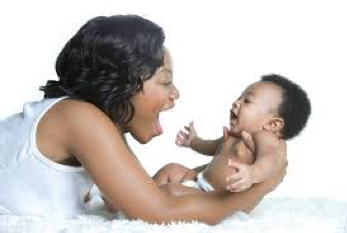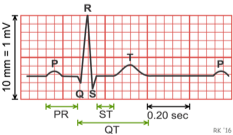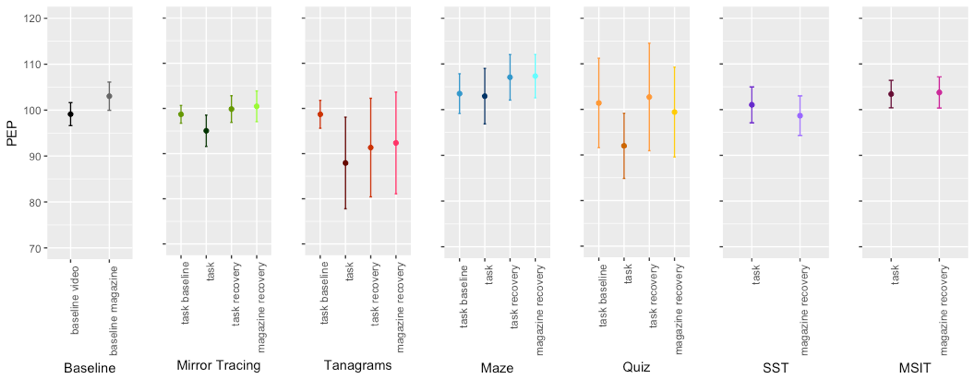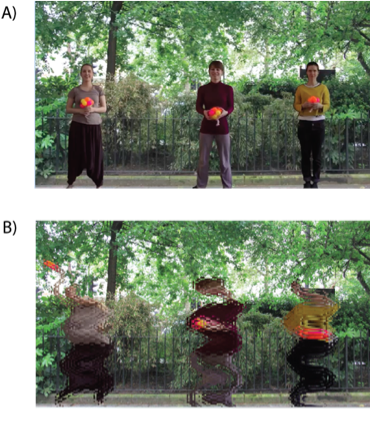A lot of research indicates that self-regulation is important for school success, social functioning, mental health, and positive behavioral outcomes in children. Additionally, self-regulation has been associated with better outcomes for children growing up in both high risk and low risk environments. This suggests good self-regulation is what we call a promotive factor for children, meaning that it is good for children’s developmental outcomes regardless of the environment they are reared in.However, research has also shown that children growing up in high risk environments, such as extreme poverty, exhibit more dysregulated behaviors.Early experiences of adversity may impact the organization of children’s developing abilities for self-regulation, including their developing physiological systems.
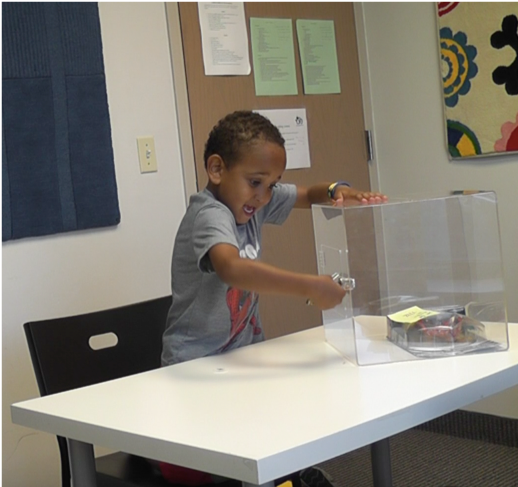
Atypical physiological functioning can be indexed by measuring heart rate fluctuations in children during challenging tasks. This system is believed to underlie the development and display of important adaptive social and self-regulatory behaviors and have been related to risk factors associated with poverty (e.g. parental unemployment, low levels of education obtainment, and single parent households) and adverse childhood experiences (ACEs; e.g. abuse, neglect, death of a parent, chronic illness, etc). The Emotion Regulation and Executive Functioning study aimed to address this question by testing the associations between poverty, adverse experiences, and physiological functioning among preschool aged children. The sample included children recruited from the Institute of Child Development participant pool and children residing in an emergency homeless shelter. The results suggest that differences in physiological self-regulation are related to experiences related to poverty, but not those related to adverse experiences, such as death of a parent, exposure to community violence, or parent illness. These results imply that intervention efforts aimed at bolstering self-regulation processes important for children’s success, may need to focus efforts on mitigating exposure and impact of poverty related stressors.


